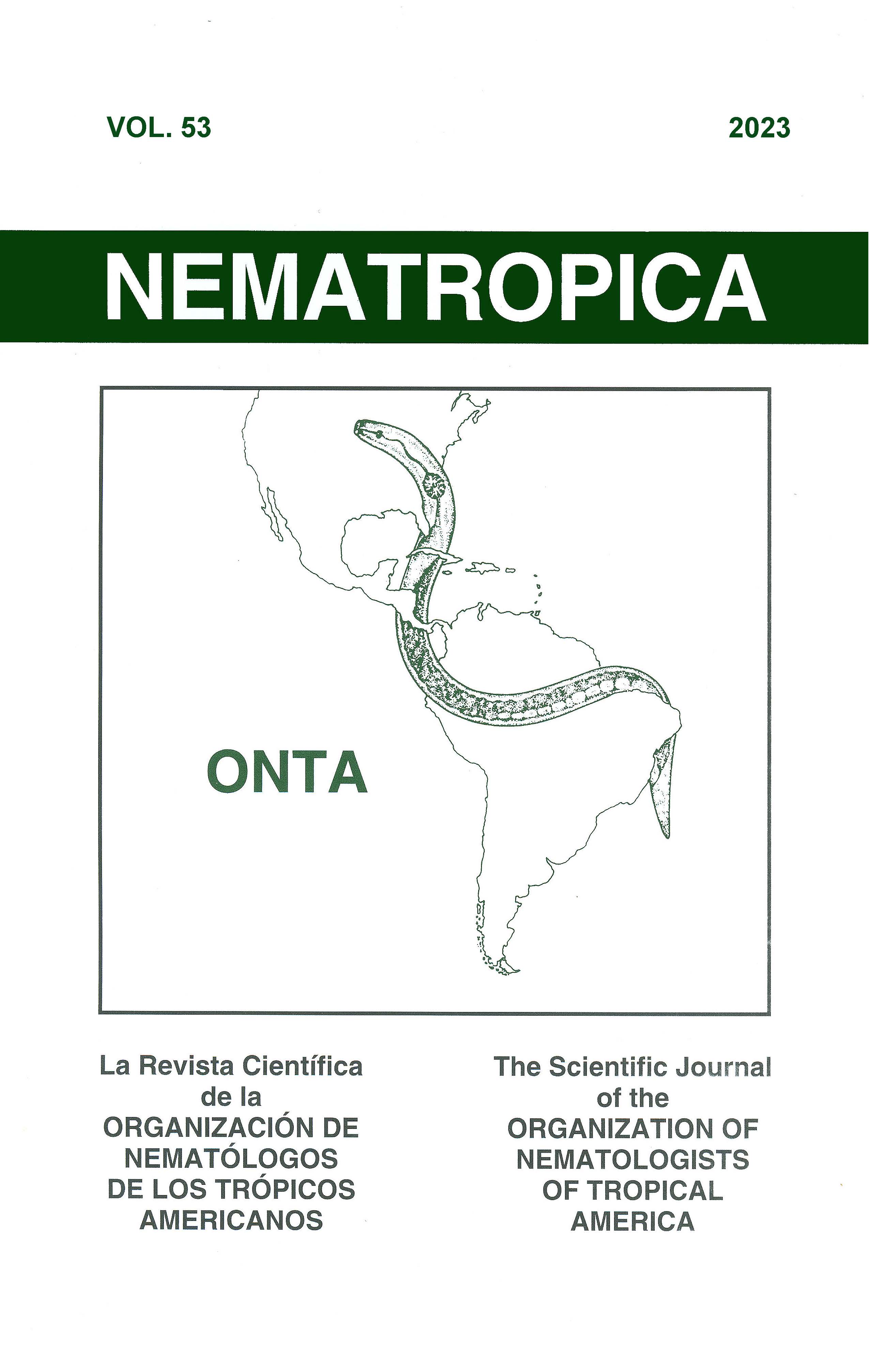REPRODUCTION AND INVASION DYNAMICS OF GLOBODERA PALLIDA AND MELOIDOGYNE SPP. IN SOLANUM SISYMBRIIFOLIUM
Abstract
Plant-parasitic nematodes cause economic damage to several agricultural crops in the Pacific Northwest of the United States. Of particular concern are the root-knot nematodes, M. hapla in potato, vegetables, and wine grape production, and M. chitwoodi in potato production. In addition, the limited distribution of the potato cyst nematode, Globodera pallida, in Idaho is a major concern given its quarantine status. Solanum sisymbriifolium has been proposed as a strategy to manage plant-parasitic nematodes. The goal of this research was to evaluate the reproduction and invasion of M. hapla, multiple races of M. chitwoodi, M. incognita, and G. pallida on S. sisymbriifolium. Reproduction of these plant-parasitic nematodes was minimal or nonexistent on S. sisymbriifolium, with few or no eggs recovered. In invasion assays, M. chitwoodi did not invade S. sisymbriifolium roots seven days post inoculation. In the same short-term assay, M. hapla was able to invade S. sisymbriifolium roots (5.3% to 5.9% M. hapla second-stage juveniles in roots compared to tomato) but did not develop. Similar to M. hapla, over a 10-wk period, G. pallida invaded S. sisymbriifolium roots, but rarely developed to a third-stage juvenile and never to female. The resistance of S. sisymbriifolium to M. hapla, multiple races of M. chitwoodi, M. incognita, and G. pallida indicates there is the opportunity for widespread deployment of this plant species as a trap crop to control important plant-parasitic nematodes.

